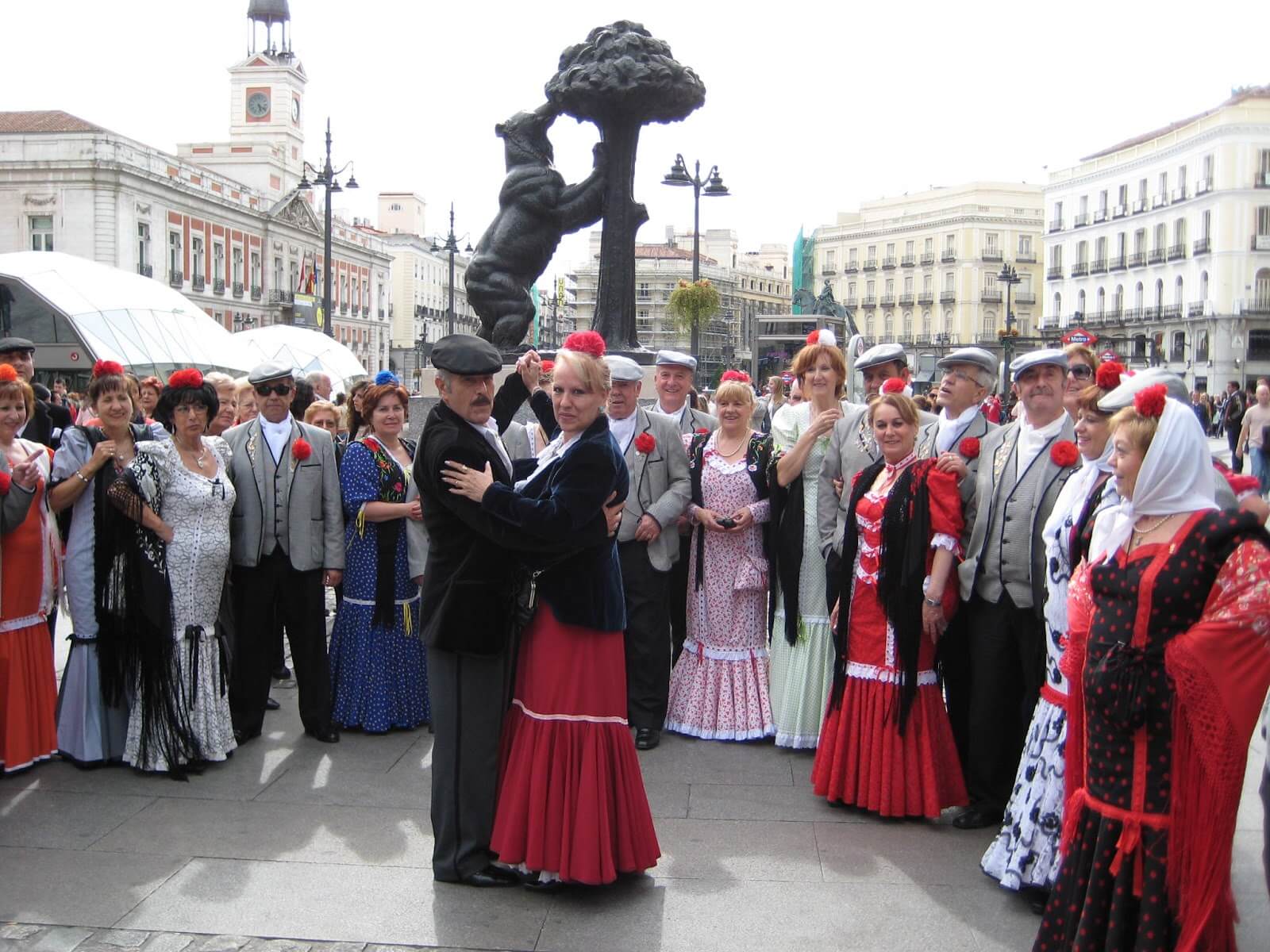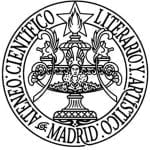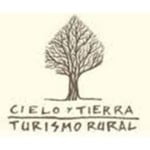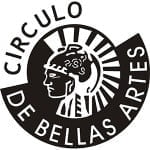As every week, the students have been attending their Spanish classes on a regular basis. And as usual, every Monday they have a breakfast at the school together with the teachers and the Spanish students of the school to welcome the new students and to start the week off right.
The week from 6 to 12 November was a short week, as it was a public holiday in Madrid, “La Almudena”. The students were able to experience and celebrate this festival together with the rest of the people of Madrid.
The Feast of the Almudena
The 9th of November in Madrid is a public holiday, with religious celebrations in honour of the Virgen de la Almudena who, together with San Isidro Labrador, is the patron saint of the city.
Its image is a small wooden carving of Mary holding the infant Jesus, probably created during the late Middle Ages. The current image in the Almudena Cathedral is somewhat more recent, made in Gothic style between the 15th and 16th centuries.
The first writings in which the Virgin of the Almudena is mentioned as the patron saint of Madrid date back to the 17th century, but it was in 1948 when the official act of coronation as patron saint of Madrid took place.
Origins
There are two different legends that relate the origin of the Almudena cult, both related to the Muslim occupation and the Christian reconquest. The name “Almudena” comes from the Arabic “al-mudayna” or “al-medina”, which was used to refer to the fortified citadel that once existed in Madrid.
One of these stories tells that the original image was walled up by the inhabitants of the city in a part of the wall, to protect it from the invasion of the Muslims in the 8th century. When King Alfonso VI reconquered the city in 1085, they set out to find the image. After several days of prayer, the wall collapsed where the statue was, just as a procession was passing by, revealing the image intact and with the original candles lit. According to another legend, the Virgin had appeared to the mythical hero El Cid, asking him to take the citadel occupied by the Moors. When they reached the city, the wall came down, revealing the image, and the soldiers were able to enter and recapture the city.
The image was called Virgen de la Almudena and was taken to the church of Santa María, where it remained for several centuries, until the church was demolished and the image was transferred to the convent of Las Bernardas. In 1911 the image was taken to the Almudena Cathedral. During the civil war it returned once more to the Bernardas convent, and in 1954 it was taken back to the cathedral.
Celebration
The Almudena Day celebrations are mostly religious, with masses, floral offerings of white and yellow roses, and a procession through the historic centre to the cathedral.
It is also a festive and joyful day, when the inhabitants of Madrid take to the streets in their typical chulapos and chulapas costumes, and enjoy typical dishes of the city in traditional bars and restaurants of the capital. The best-known dishes at this time of year are the famous squid sandwich, callos a la madrileña, cod croquettes and the “Corona de la Almudena”, a typical roscón (ring-shaped pastry) made with butter and orange blossom.
Cultural Programme
As a cultural activity they attended the Spanish cooking class, given by Chef Alessandro.
They have been able to cook our famous Andalusian gazpacho, vegetable paella with chicken and the most famous dessert in Madrid, torrijas.
This is one of the activities that the pupils have enjoyed the most.
What our students say
“After more than 30 days here in Madrid, I can say that every day I am enriched, I arrived in one way and I will leave in another. The sensation of feeling the greatness of the world and its various languages is indescribable. Learning Spanish is just one of the countless things I have learned in this city, and I thank God for everything. I thank God for everything. He is good, and He is good at all times.
Lucas pereira
“Madrid is charming from Sunday to Sunday, I get to know more and more about the Spanish culture every day: in the classes at TANDEM, in a simple walk in the park, on any given day of the week, or in an afternoon of cooking typical Spanish dishes”.
Luis Lima
A dream called Spain.
It is no secret to anyone that I wanted this trip, otherwise I would not have tried 3 times. But the truth is that even I didn’t know exactly how much I needed it. In less than a month I already have a collection of memories that go far beyond photos. It is almost impossible to mention the amount of things I have seen and experienced on the streets, chatting with people, looking for pages, “studying Spanish”…In my first week I already met the nice Leila from the Philippines (now living in the USA); a trio of Germans who showed me that age is no barrier; Phillip, who is also German and almost every day has a “joke” to tell; Cristina from the USA, with her classy way of speaking; and “Elaine”, western name, because the real name in Chinese I can’t even mention, imagine writing it 😀
I also got to know places … Madrid, even though I am suspicious to say so, is beautiful!
I travelled to Alcalá de Henares, to a festival in homage to Miguel de Cervantes. I felt I was in the medieval climate, I was a queen, I held a Python (with fear, I assume) and I even had a chat with Don Quixote and Sancho Panza.
I also went to El Escorial Monastery in San Lorenzo del Escorial. But don’t be fooled: it is much more than a monastery. This was also the summer palace of the kings of Spain and for this reason, it holds a wealth of details and mainly history, which I am not able to reproduce in words. The view of El Escorial leaves nothing to be desired, you get lost admiring the mountains and the royal garden of the place.
And to speak in terms of views, I need to mention my third destination: Segovia. Segovia is an example of monument preservation. Construction of the aqueduct began in the middle of the 1st century AD. It’s great! I’m sure Elaine would love to meet him, the engineering surely took a leap right there. Segovia also has castles, walls and as I said before: a spectacular view.I learned a lot about history and art in museums. San Isidro, Cervantes, Museo del Prado” and Reina Sofía were the first of many destinations to come. In the end, these are just my first days here, more news will follow soon.
ReduceEllien Barbosa
This article is also available in Portuguese


















































































